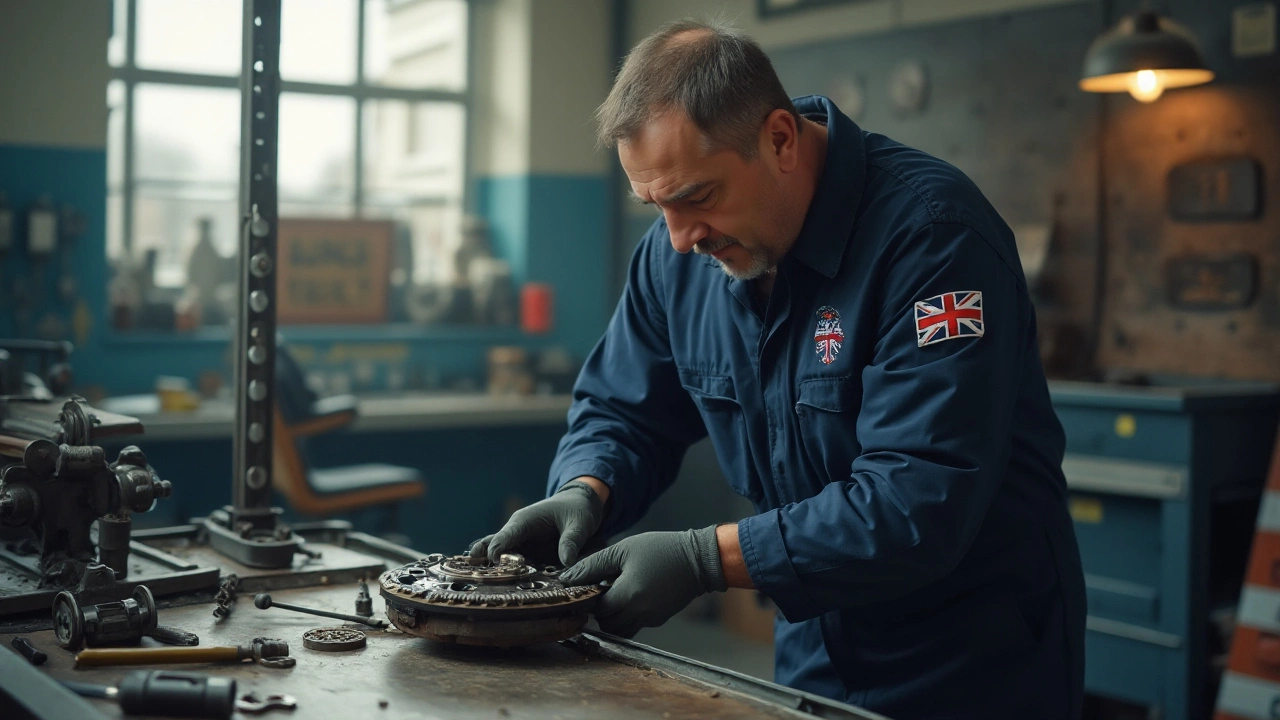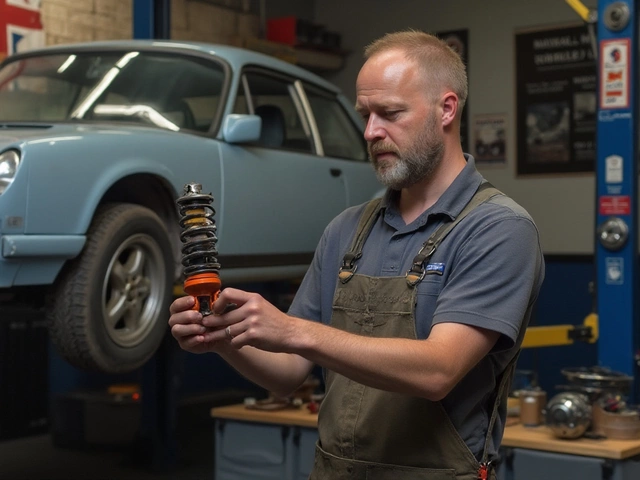Clutch Replacement Time: How to Know When It’s Time for a New Clutch
If you drive a manual car, the clutch is the piece that lets you change gears without grinding them to a halt. Over time it wears out, and the symptoms can be easy to miss until you’re stuck on the side of the road. This guide gives you the tell‑tale signs, explains how long a clutch can last after a burn‑smell, and breaks down the cost so you won’t be caught off guard.
Common signs your clutch is failing
First up, a slipping clutch. When you press the accelerator and the engine revs rise but the car barely speeds up, the clutch isn’t grabbing enough power. You’ll feel a lag and the revs will keep climbing as if the car is stuck in a low gear.
A hard‑to‑press pedal is another red flag. If you need extra force to push the clutch down or you notice a spongy, inconsistent feel, the release bearing or hydraulic system may be wearing out. Both situations point to internal wear that needs a fix.
Listen for a grinding noise when you shift. That gritty sound means the clutch plates aren’t separating cleanly, often because the synchronisers are struggling. It’s a sign the clutch isn’t fully disengaging and should be inspected right away.
Lastly, a burning smell is the classic warning. If you catch a faint, acrid odor after a hill start or heavy city driving, the clutch material is overheating. The smell alone doesn’t tell you how much life is left, but it tells you the wear is accelerating.
How much does a clutch replacement cost and ways to keep it low
In the UK, a full clutch replacement typically runs between £500 and £900, depending on the make of the car, labor rates, and whether you opt for an OEM or aftermarket kit. A basic kit includes the clutch disc, pressure plate, and release bearing. Adding a flywheel resurfacing or a performance‑oriented Stage 2 kit can push the price up by a few hundred pounds.
To stretch your budget, consider these tips: ask for a detailed quote that separates parts and labour, compare prices from at least two local garages, and check if any parts are on sale or have a warranty. If you’ve only got minor wear, a clutch disc replacement (leaving the pressure plate) can shave off 20‑30 % of the total cost.
When the clutch has a noticeable burn smell, you might still have a few hundred miles left, but that mileage shrinks quickly if you keep riding it hard. A quick test – rev the engine in neutral and gently press the clutch. If the RPMs drop sharply, the clutch is slipping and you should book a repair within the next week.
Never ignore the symptoms. Driving with a bad clutch can damage the flywheel, cause gearbox failures, and leave you stranded. If you’re unsure, a short visit to a trusted garage for a diagnostic check usually costs under £50 and can save you a lot more down the road.
Bottom line: watch for slipping, hard pedal, grinding noises, and burning smells. Get a quote early, compare options, and don’t wait until the clutch is completely shot. With a bit of awareness you can plan the replacement, keep the cost reasonable, and stay safely on the road.
 31 December 2024
31 December 2024
How Long Does Clutch Replacement Take: A Comprehensive Guide
Replacing a clutch is a task that many car enthusiasts or mechanics undertake, but it requires time and precision. This article explores the various aspects affecting the time it takes to replace a clutch, such as vehicle type, mechanical expertise, and necessary tools. We will delve into the standard time frames expected for this task, along with tips for efficiency. Additionally, readers will learn about common signs indicating clutch issues and preventative measures to prolong clutch life.






0